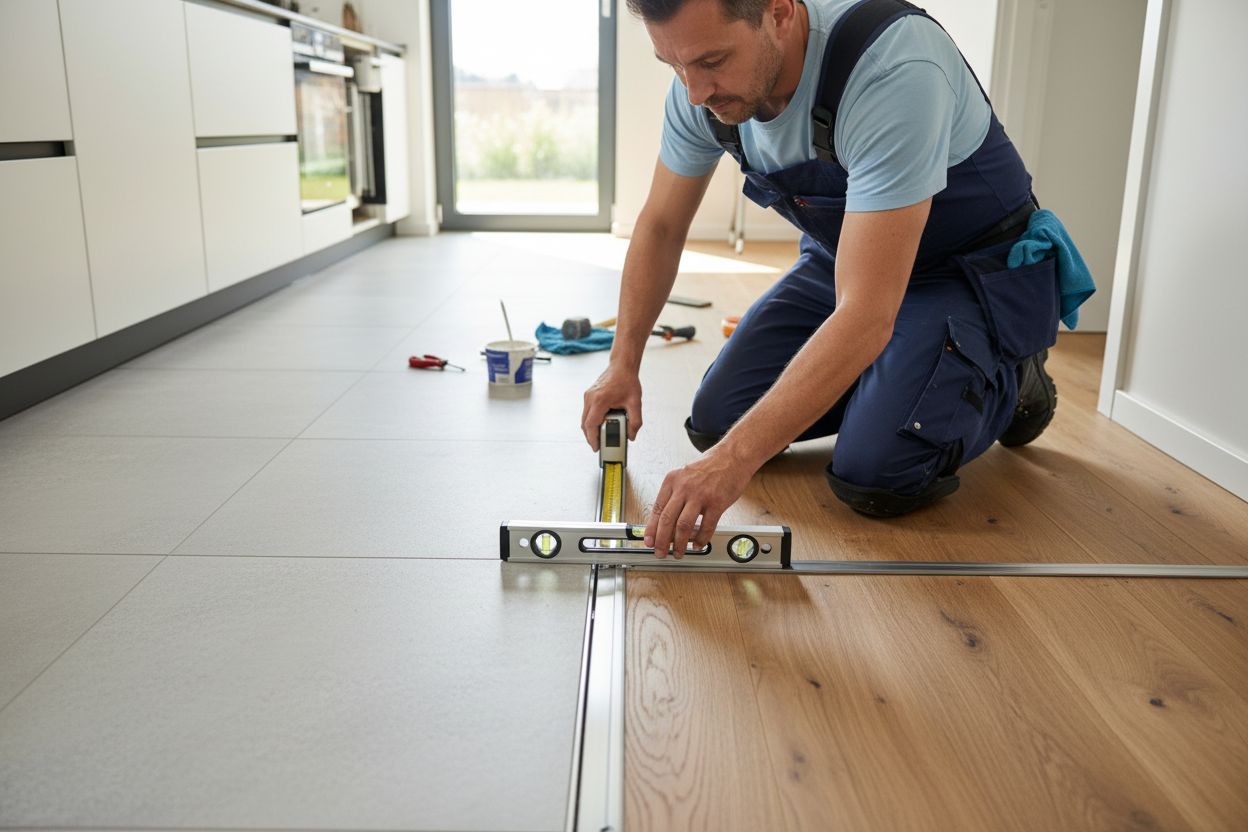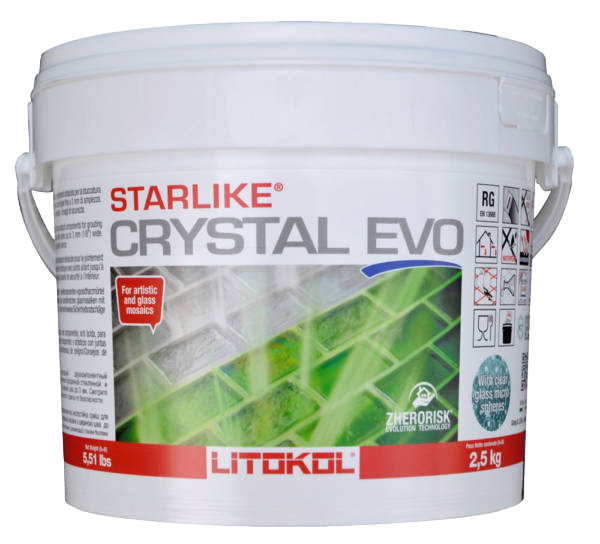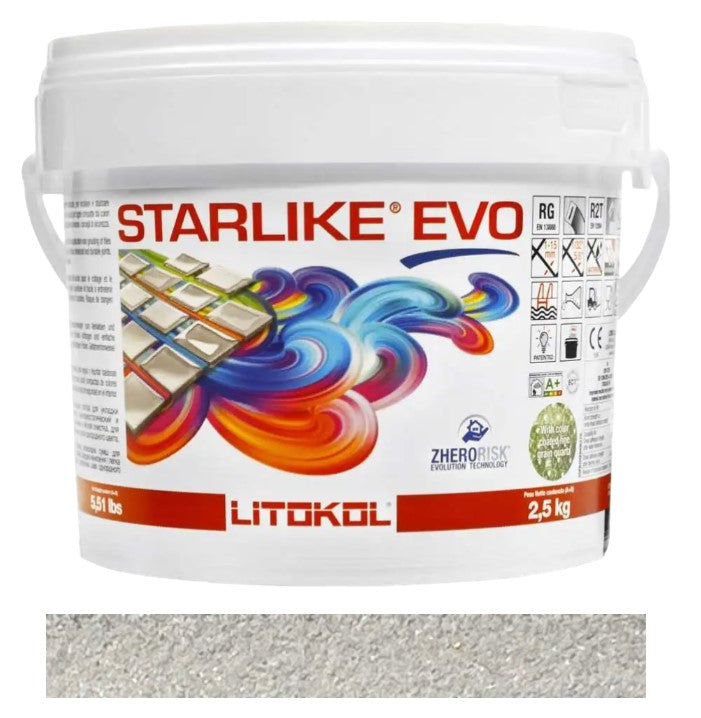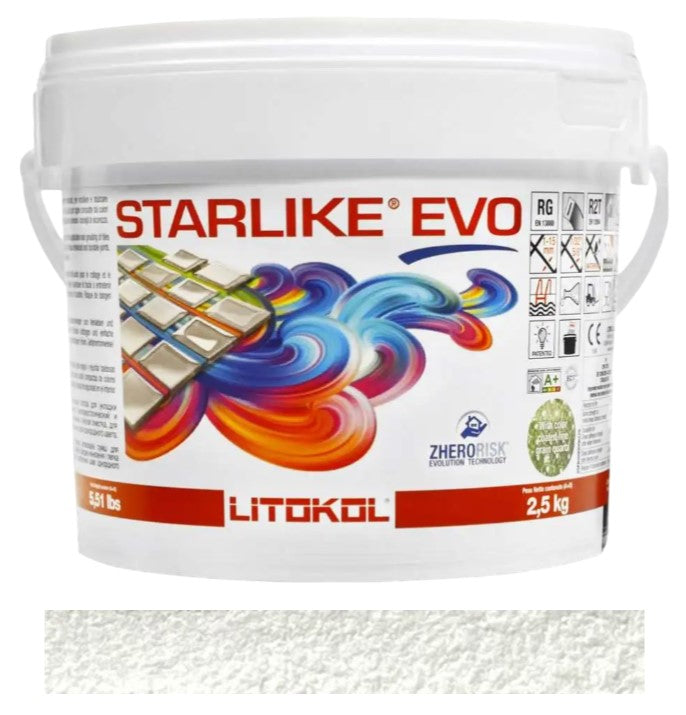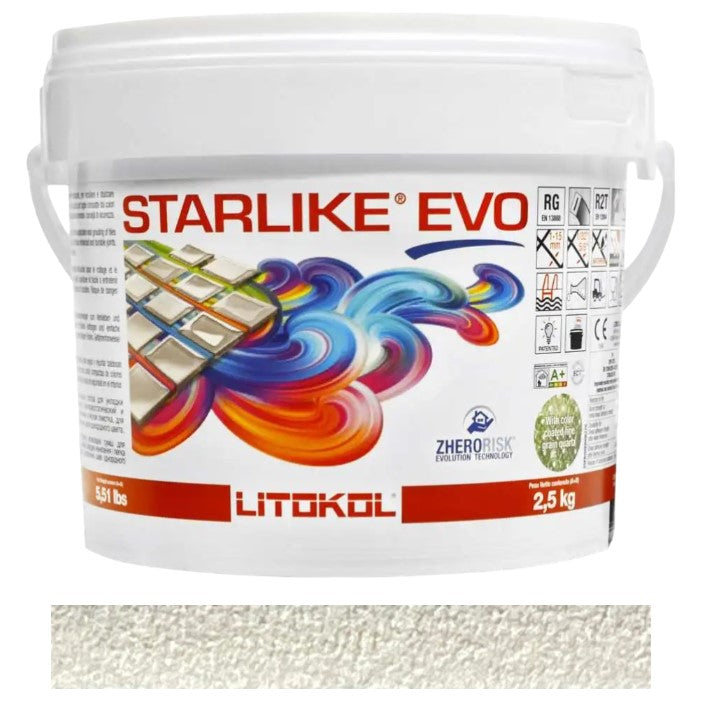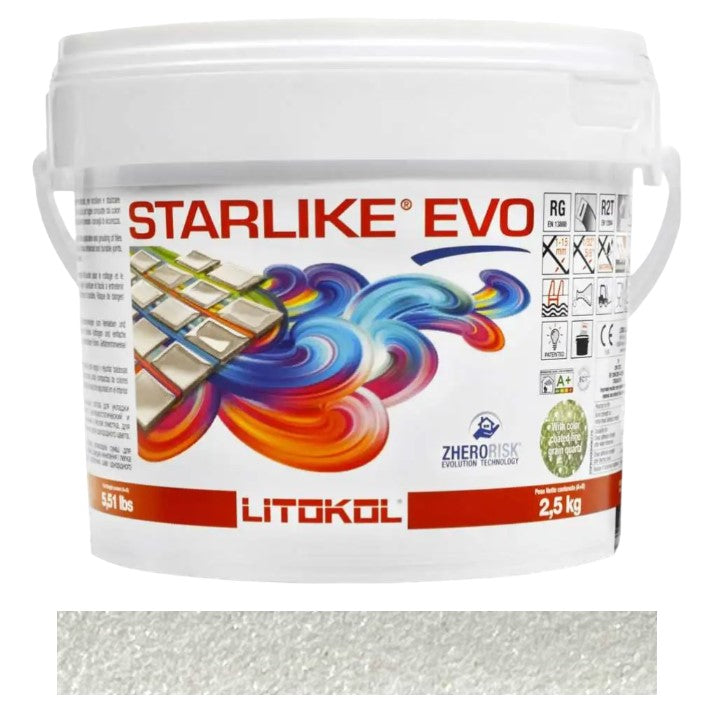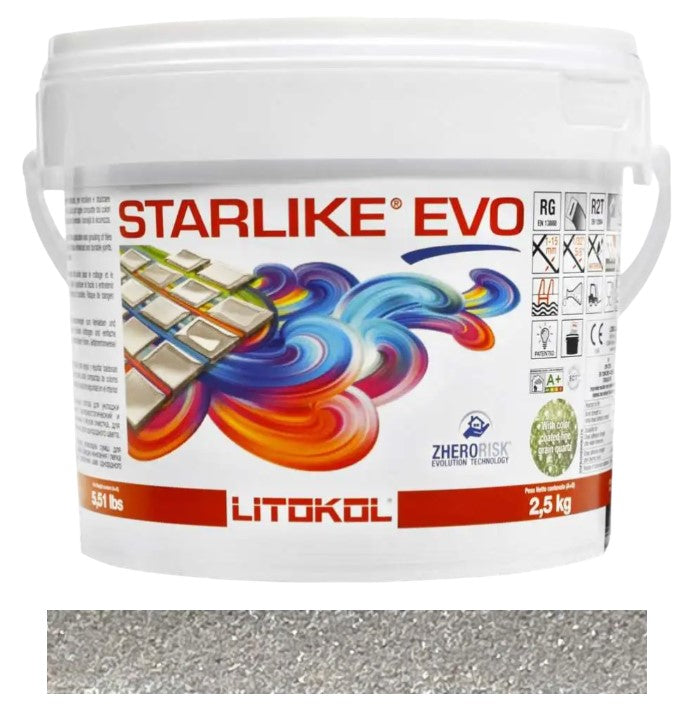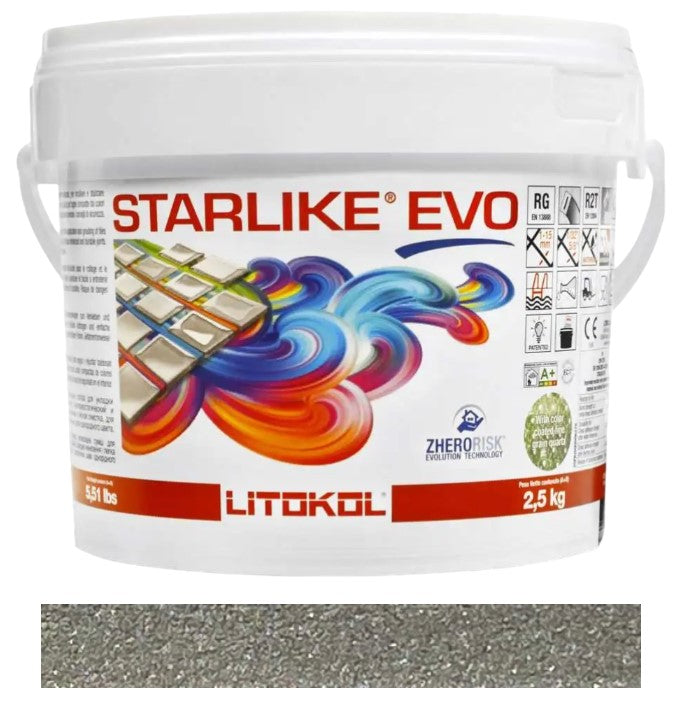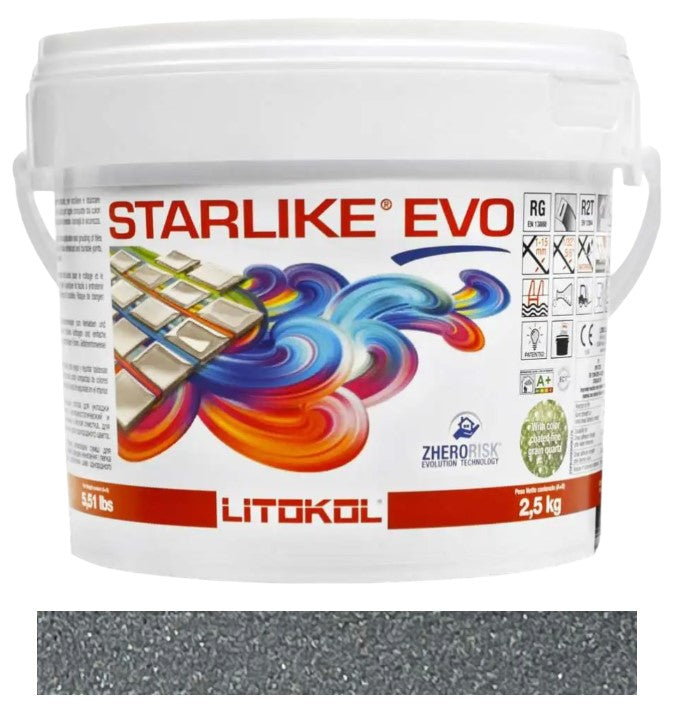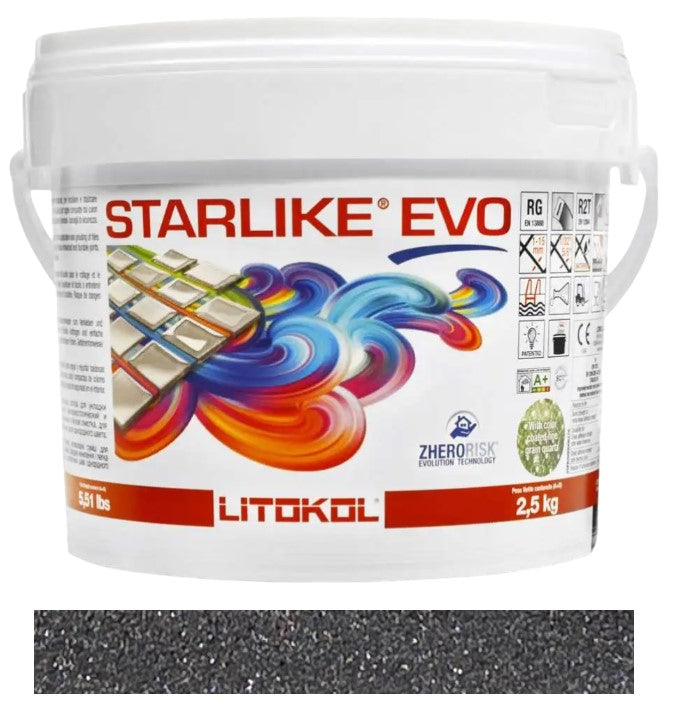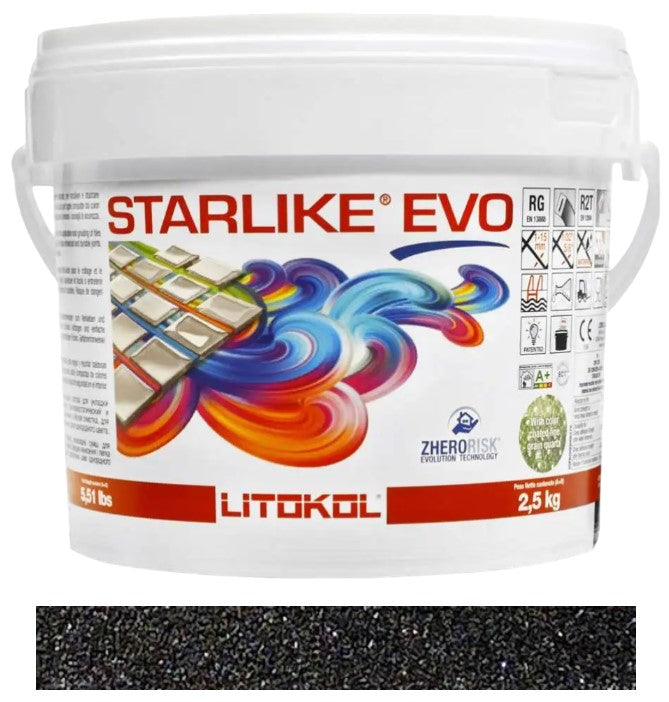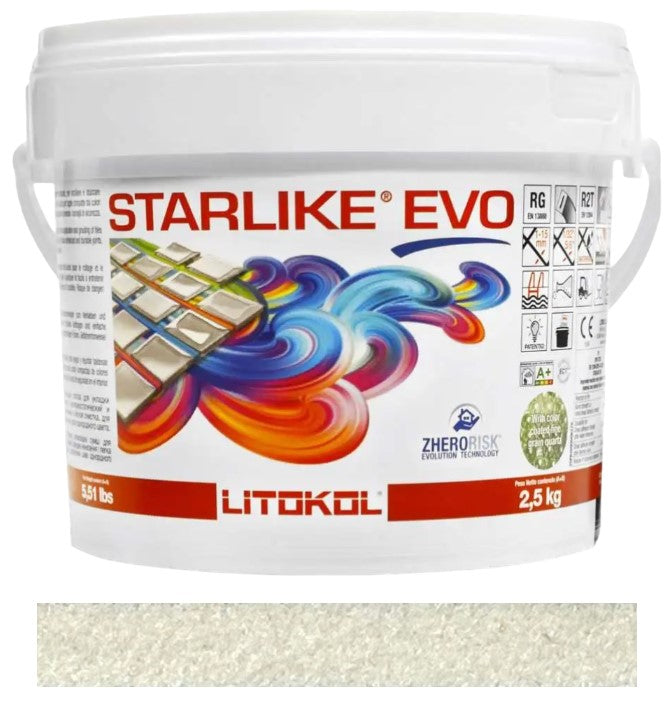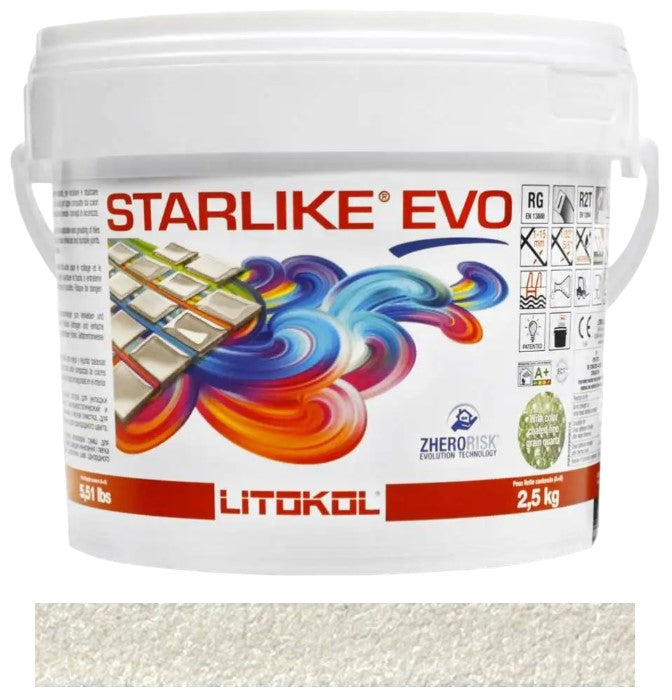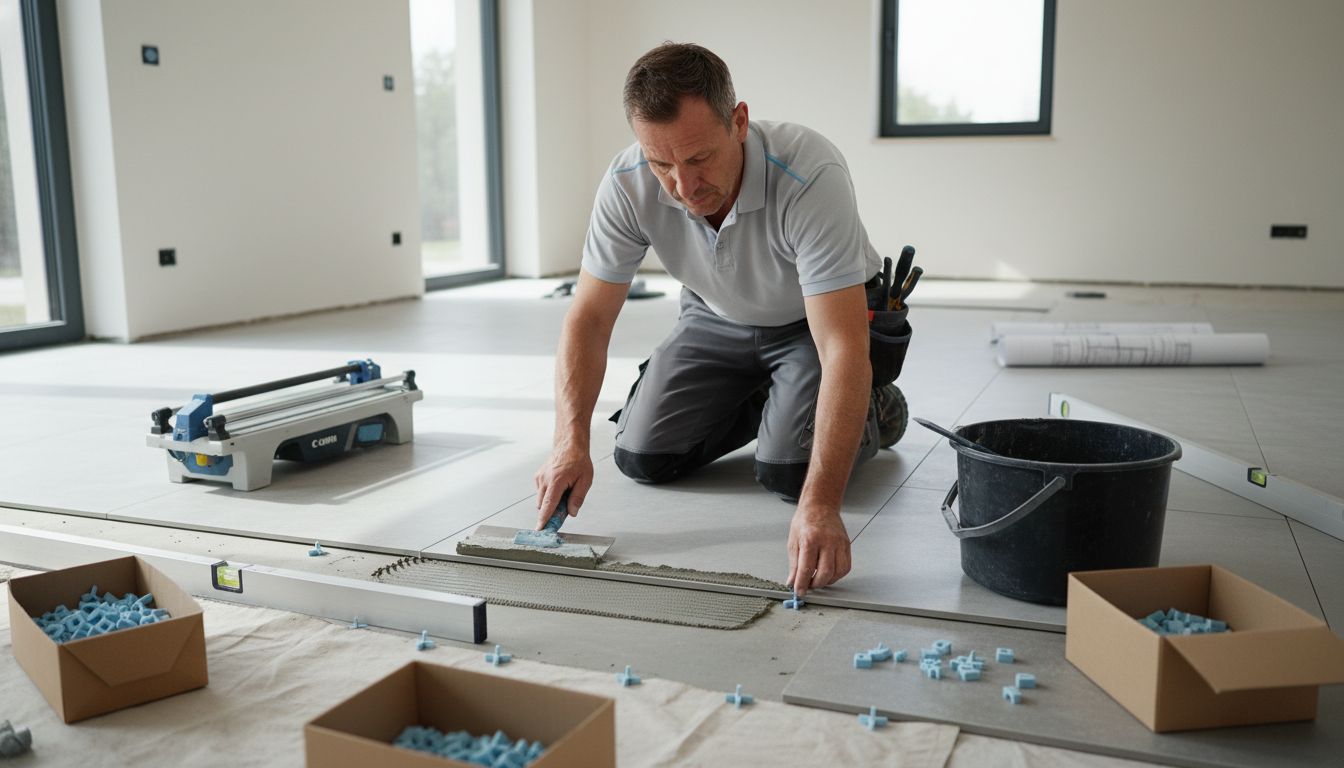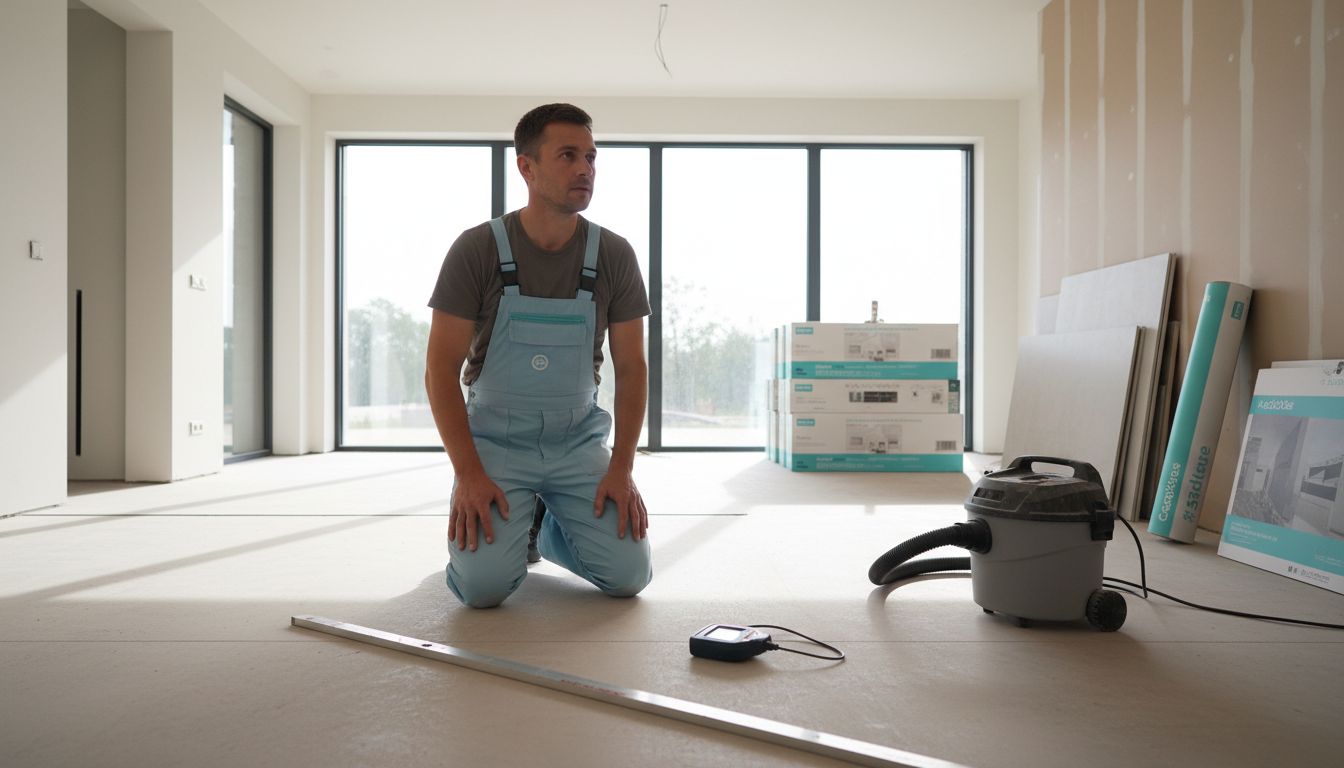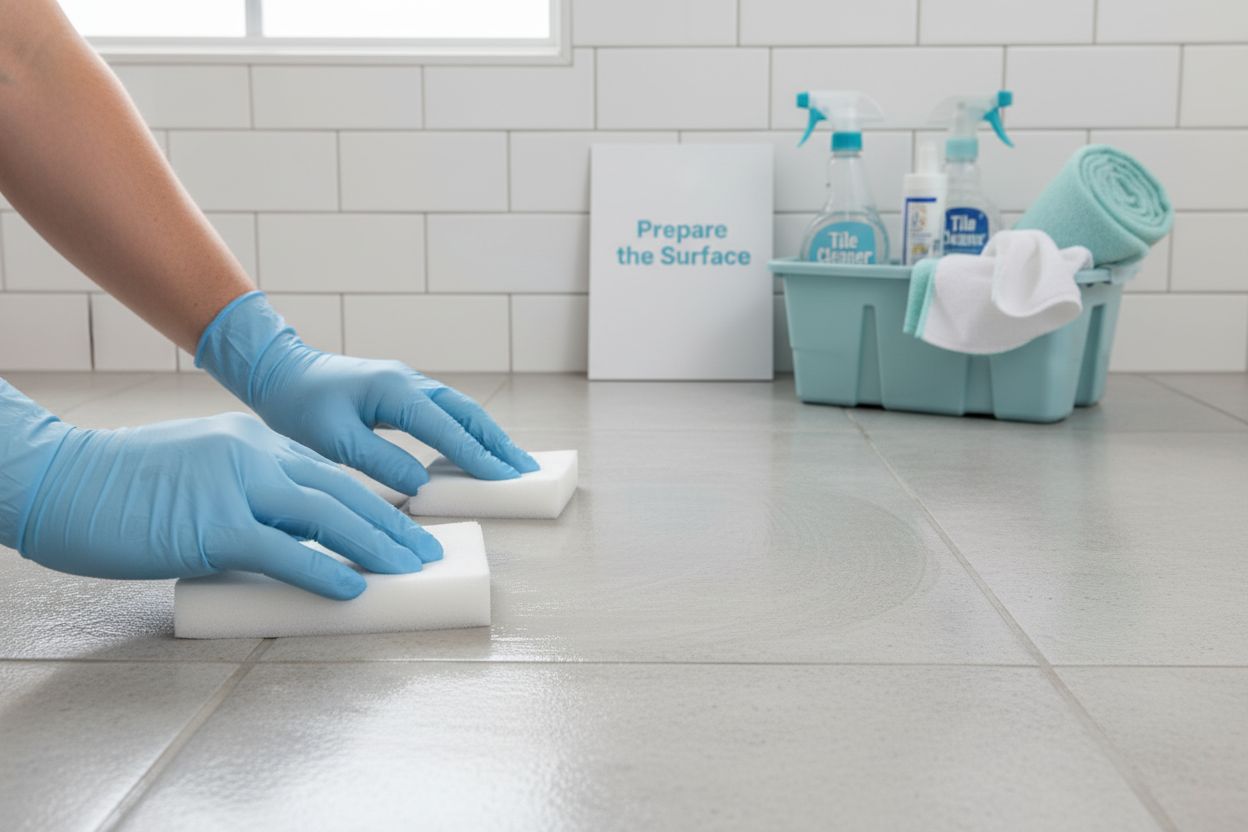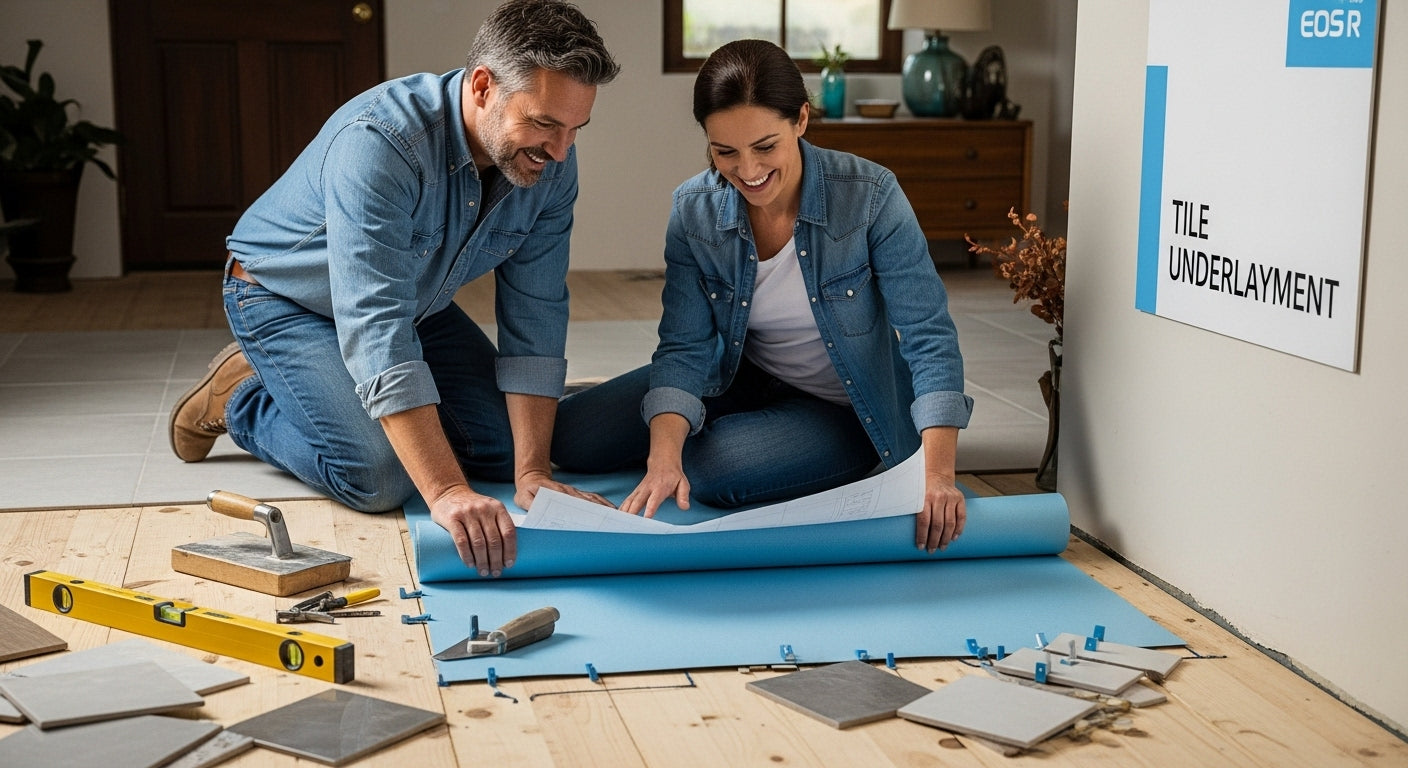Did you know that over 70 percent of flooring issues are linked to poor transitions between surfaces? What seems like a small detail can affect safety, durability, and the look of your space. Choosing the right tile transition strip is more than a finishing touch. It keeps floor edges protected, reduces tripping risks, and makes rooms look polished. Learn which transition options work best and how to get a seamless result with every installation.
Key Takeaways
| Point | Details |
|---|---|
| Functionality of Transition Strips | Transition strips enhance safety by reducing tripping hazards and protect floor edges from damage. They also create visually appealing connections between different types of flooring. |
| Variety of Types and Materials | Transition strips come in various styles such as T-molding and reducer molding, crafted from materials like wood, metal, and vinyl to suit different flooring needs. |
| Installation Best Practices | Proper installation requires meticulous preparation, including accurate measurements and substrate leveling, to ensure long-lasting and functional flooring transitions. |
| Cost and Durability Factors | The cost of transition strips varies significantly based on material choice, with basic options being economical while specialized profiles offer enhanced functionality but at a higher price. |
Table of Contents
- Defining Tile Transition Strips And Their Purpose
- Types Of Tile Transition Strips And Materials
- Key Design And Placement Considerations
- Installation Techniques And Best Practices
- Cost, Durability, And Maintenance Insights
- Alternatives To Tile Transition Strips Compared
Defining Tile Transition Strips and Their Purpose
Tile transition strips are specialized architectural elements designed to bridge gaps between different flooring surfaces, creating smooth, professional connections that enhance both functionality and aesthetic appeal. According to research from flooring specialists, these narrow pieces of material—typically made from metal, wood, or specialized polymers—serve critical roles in residential and commercial spaces.
At their core, transition strips perform several essential functions. They eliminate tripping hazards by providing a gradual, even surface between floors with different heights or materials. As noted by Marshall Flooring experts, these strips protect vulnerable floor edges from chipping, cracking, or experiencing structural damage during foot traffic. They also define distinct areas in open-concept spaces, subtly guiding movement and visual perception.
Key purposes of tile transition strips include:
- Reducing potential safety risks from uneven floor surfaces
- Protecting floor edges and preventing material degradation
- Creating visually seamless connections between different flooring types
- Accommodating natural expansion and contraction of flooring materials
- Enhancing overall design cohesion in interior spaces
While seemingly simple, transition strips represent a sophisticated solution to complex flooring challenges. Whether you’re working on a residential renovation or a commercial design project, understanding underlayment for tile floors can further complement your knowledge of comprehensive floor installation techniques.
Types of Tile Transition Strips and Materials
Transition strips come in a variety of styles and materials, each designed to address specific flooring challenges and aesthetic requirements. According to research from ceramic experts, these specialized connectors can be crafted from metal, wood, or plastic, providing versatile solutions for bridging different floor surfaces.
Transition strip types range from simple to complex, each serving a unique purpose. As reported by ANGI’s flooring guide, common variations include:
Here’s a comparison of common tile transition strip types and materials:
| Transition Type | Best For | Common Materials | Key Benefits |
|---|---|---|---|
| T-molding | Equal height floors | Metal Wood Vinyl |
Seamless look Easy installation |
| Reducer molding | Differing floor heights | Wood Aluminum Vinyl |
Smooth transition Reduces tripping |
| Carpet-to-tile strips | Carpet and tile connections | Aluminum Vinyl |
Secure hold Protects edges |
| 4-in-1 multipurpose | Flexible/complex installations | Vinyl Aluminum |
Versatile use Customizable fit |
- T-molding: Ideal for floors of equal height
- Reducer molding: Perfect for height differences between vinyl or laminate and tile
- Carpet-to-tile strips: Available in T‑ or Z‑molding configurations
- Multi-purpose 4-in-1 strips: Offering maximum flexibility for complex installations
The materials selected for transition strips significantly impact their performance and appearance. Hardwood provides a classic, warm aesthetic, while aluminum offers durability and a modern look. Vinyl strips present a cost-effective, lightweight option that works well in moisture-prone areas.
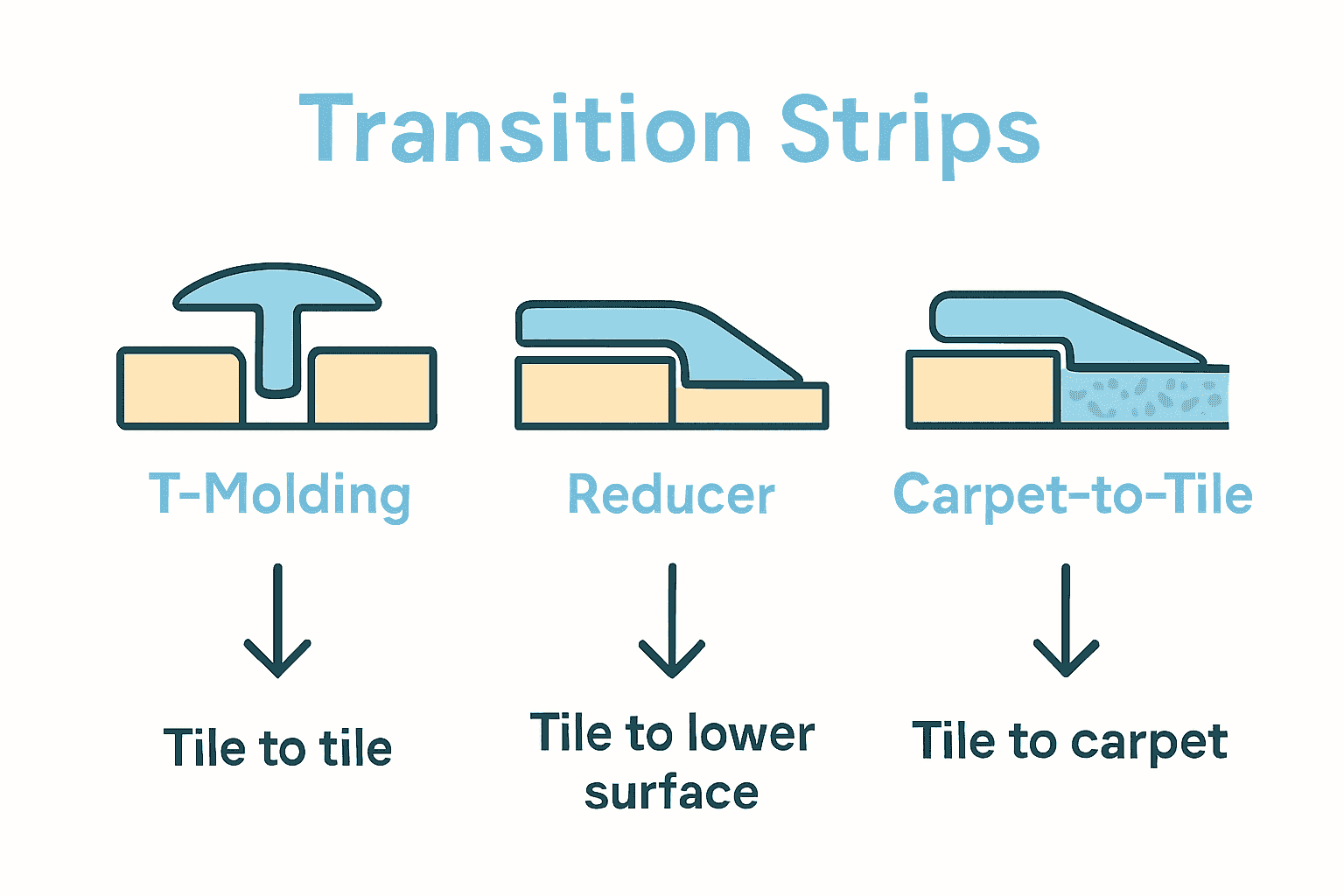 When choosing a transition strip, consider not just the material’s appearance, but also its ability to withstand foot traffic and environmental conditions.
When choosing a transition strip, consider not just the material’s appearance, but also its ability to withstand foot traffic and environmental conditions.
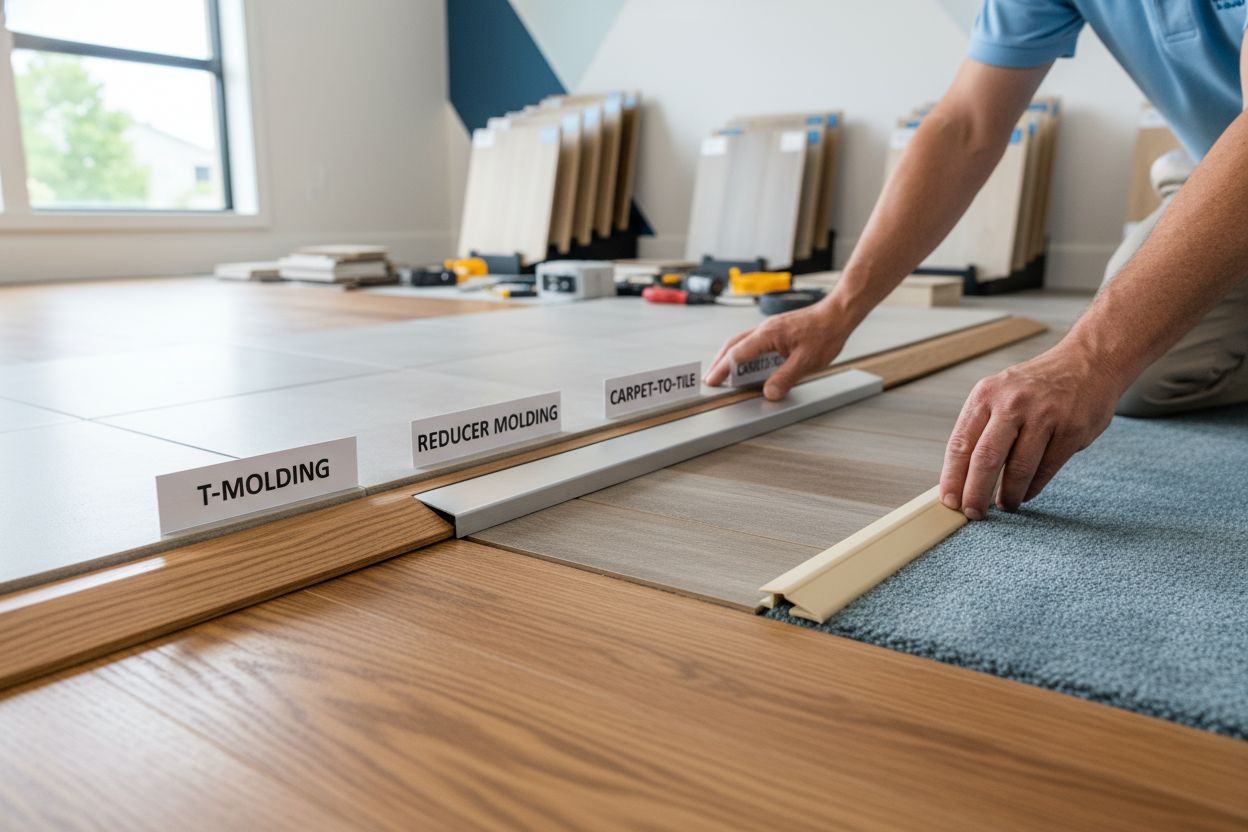
For those looking to dive deeper into flooring connections, understanding the difference between wall and floor tiles can provide additional context for selecting the right transition solution.
Key Design and Placement Considerations
Designing and placing tile transition strips requires careful attention to both aesthetic and functional requirements. According to Flooring Clarity research, there are critical considerations that go beyond simple visual appeal, including compliance with accessibility standards and ensuring smooth, safe floor connections.
Design considerations play a pivotal role in selecting the right transition strip. As experts note, key factors include:
- Color matching with existing flooring
- Material compatibility
- Profile shape that ensures smooth transitions
- Adherence to ADA and building code requirements
Building codes often mandate specific guidelines for vertical height changes. Most regulations require transitions to be no more than 1/4 inch in height without a beveled edge, which helps prevent tripping hazards and ensures accessibility for all users. Wood and Beyond experts highlight creative placement strategies that go beyond traditional approaches, such as integrated transitions that eliminate visible strips, liquid or epoxy transitions, and decorative mosaic or metal strip designs that can transform a functional element into a design feature.
When selecting and placing transition strips, prioritize both safety and visual harmony. Understanding tile flooring versus hardwood can provide additional insights into creating seamless, aesthetically pleasing floor transitions that meet both practical and design requirements.
Installation Techniques and Best Practices
Successful tile transition strip installation requires meticulous preparation and precise execution. According to Flooring Clarity research, the foundation of a quality installation begins with thorough substrate preparation and careful attention to critical details that ensure long-lasting performance.
Installation best practices encompass several key steps:
- Accurately measure floor thicknesses, including underlayment and grout
- Prepare the substrate with leveling compounds for uneven surfaces
- Ensure full adhesive coverage to prevent edge cracking or loose strips
- Leave and properly cover expansion gaps (approximately 1/4 inch)
- Choose fastening methods appropriate to specific materials
The fastening technique varies depending on the transition strip material. Wood strips typically require nails or specialized adhesives, while metal strips might use track systems for secure attachment. Engineer Hardwood Flooring experts emphasize the critical importance of accommodating natural floor movement to prevent buckling or structural damage. This means leaving sufficient expansion space and selecting installation methods that allow for slight material contraction and expansion.
For complex installations or challenging floor transitions, understanding different tile adhesive types can provide additional insights into creating robust, seamless connections between different flooring surfaces.
Cost, Durability, and Maintenance Insights
Transition strips represent a strategic investment in flooring infrastructure, with costs and durability varying significantly based on material selection and installation complexity. According to Flooring Clarity research, basic transition strips range from $10 to $50, while specialized Schluter profiles can cost between $30 and $150, with custom stone thresholds potentially reaching $600 or more.
Cost considerations extend beyond the initial purchase price:
- Basic strips offer affordable protection
- Specialized profiles provide enhanced design and functionality
- Subfloor leveling can add $1–$5 per square foot
- Material choice impacts long-term maintenance expenses
Durability is a critical factor in transition strip selection. George Ceramic experts highlight that these strips do more than connect floors—they protect tile edges from chipping and wear while preventing debris accumulation between different flooring surfaces. The material choice significantly influences longevity and performance: metal strips offer durability but can produce noise when walked on, while wooden strips might require periodic staining or refinishing to maintain their appearance.
For those seeking comprehensive insights into floor maintenance and material selection, understanding tile flooring versus hardwood can provide additional context for making informed decisions about transition strip investments.
Alternatives to Tile Transition Strips Compared
While traditional transition strips remain a popular solution, innovative alternatives offer creative approaches to connecting different flooring surfaces. According to Wood and Beyond research, designers and installers now have multiple options that can eliminate or reimagine the conventional transition strip approach.
Alternative transition methods include several innovative techniques:
- Integrated Transitions: Achieved by precisely leveling subfloors to create seamless connections
- Liquid Transitions: Using epoxy or specialized compounds to create bold, continuous surfaces
- Decorative Inlays: Incorporating mosaic or patterned tile elements as transitional features
- Custom Wood Transitions: Crafting unique wooden connections that complement surrounding materials
- Edge Trims: Utilizing minimalist edge treatments in low-traffic areas
Flooring Clarity experts note that transition strips are not always mandatory. In specific scenarios—such as low-pile carpet installations or carefully finished tile edges—alternative approaches can provide both functional and aesthetic benefits. The key is understanding the specific requirements of your space, including foot traffic patterns, floor height differences, and overall design intent.
For those exploring innovative flooring solutions, understanding luxury vinyl tile versus ceramic flooring can provide additional context for selecting the most appropriate transition method for your specific project.
Elevate Every Tile Transition With the Right Materials and Expert Support
If you are facing the challenge of joining different flooring surfaces seamlessly, you know that even small details like tile transition strips can make a powerful impact. Uneven floors, visible transitions, and mismatched finishes can leave your hard work looking unfinished and even create safety hazards. The article has shown you how key factors such as material compatibility, ADA requirements, and expert installation all influence the quality and longevity of your project. Now, imagine choosing from a curated selection of tiles that ensure every connection—whether it is ceramic, glass, or natural stone—delivers both style and performance.
Discover the confidence that comes from working with a partner who understands not just tile, but every detail from understanding underlayment for tile floors to choosing between tile flooring and hardwood. Shop at TileChoices.com today and experience how high-quality materials, expert advice, and convenient service can help you achieve flawless tile transitions on your next project. Do not let obstacles slow you down—plan and source every component for success now.
Frequently Asked Questions
What are tile transition strips and why are they used?
Tile transition strips are specialized elements that bridge gaps between different flooring surfaces. They enhance safety by eliminating tripping hazards, protect floor edges from damage, and provide a visually seamless connection between various flooring types.
What types of tile transition strips are available?
Common types of tile transition strips include T-molding, reducer molding, carpet-to-tile strips, and 4-in-1 multipurpose strips. Each type serves specific needs, such as connecting equal height floors or accommodating height differences between different flooring materials.
How do I install tile transition strips properly?
Proper installation involves accurate measurement of floor thickness, preparing the substrate for uneven surfaces, ensuring full adhesive coverage, and allowing for appropriate expansion gaps. Different fastening techniques may be required depending on the material of the transition strip.
What factors should I consider when choosing materials for tile transition strips?
When selecting materials for transition strips, consider factors like durability, appearance, compatibility with existing flooring, and the specific environment (e.g., moisture levels). Wood offers a classic look, while metal and vinyl provide added durability and low maintenance options.
Recommended
- What is Tile Lippage? Understanding Its Impact on Design – Tile Choices
- Master Mixing Tile Patterns for Stunning Spaces – Tile Choices
- Understanding Underlayment for Tile Floors: A Complete Guide – Tile Choices
- How to Cut Ceramic Tile: A Step-by-Step Guide – Tile Choices
- How to Measure, Order, and Install Marble , Travertine Tile Li…

